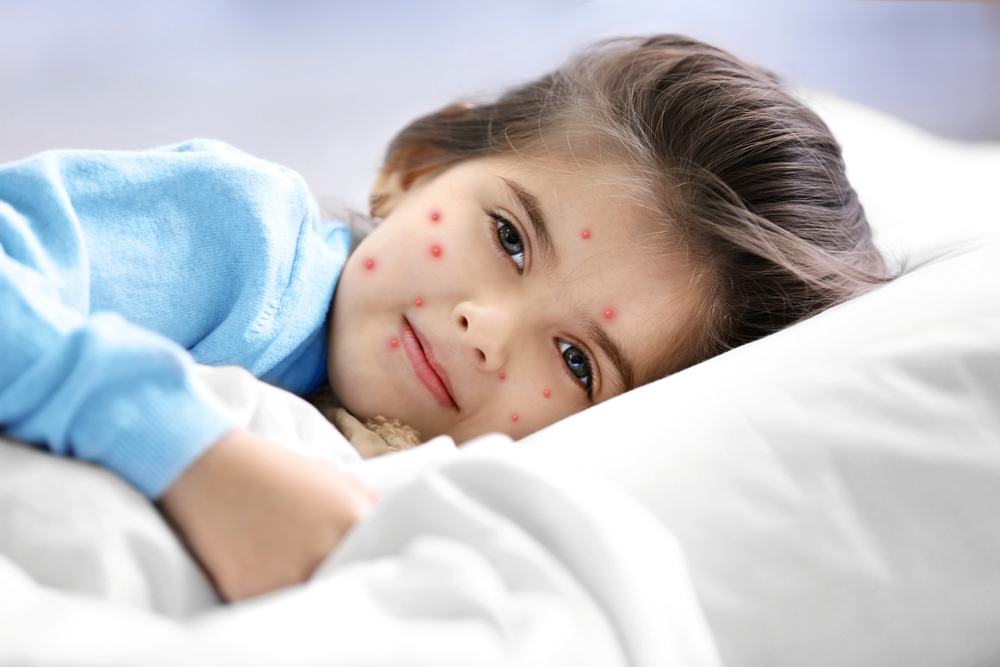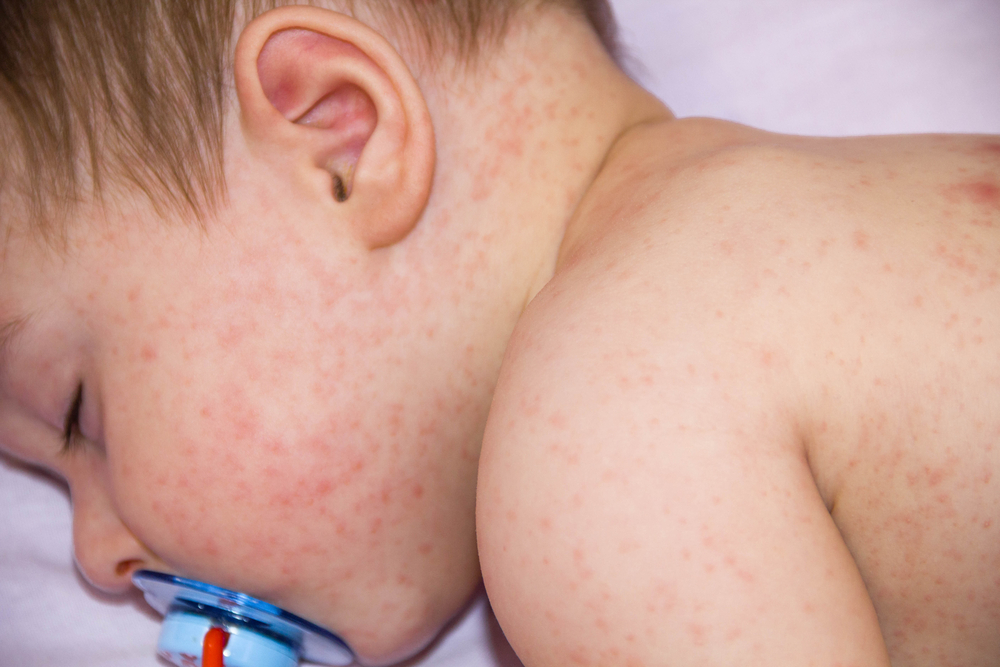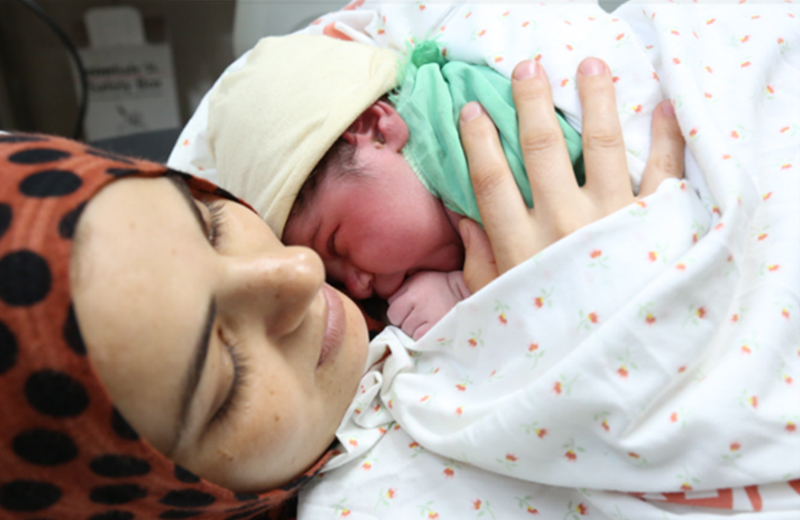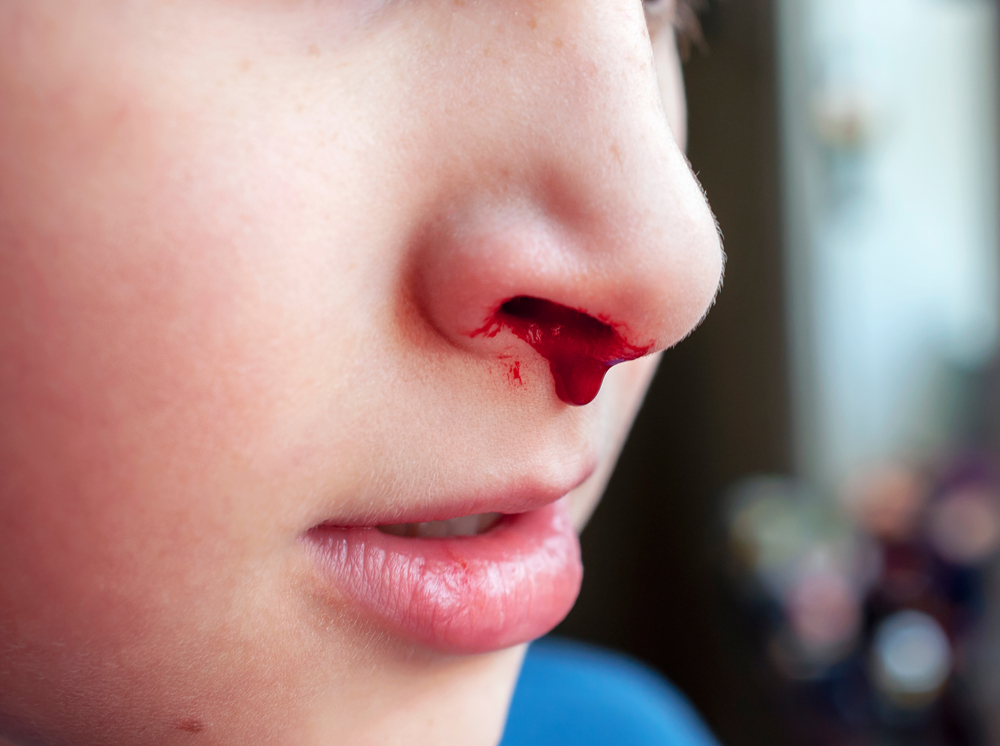Children's Health
children's allergy: its causes and ways for prevention

Ever since becoming a mother six years ago, I’ve noticed that allergies (and in particular asthma) are much more common in children these days than they seem to have been when I was a child, some 30 years ago. This allergy trend also appears to be extended to adults; with many people I know confused as to why they are suffering from allergies now when they never really suffered as children.
Cases of allergies and asthma have in fact seen a sharp rise over the past few decades worldwide. According to the Centers for Disease Control and Prevention in the United States, the number of Americans with asthma grew by 28% between 2001 and 2011. While a study out of the United Kingdom found that up to 30-35% of people will suffer from allergies at some stage of their lives in all countries undergoing industrial development.
In Jordan, Doctors from the Jordan Society of Chest Physicians have confirmed this alarming trend although there are no specific statistics to support this.
HOW DOES ALLERGY HAPPEN?
Allergy is caused when the body’s own immune system reacts to a normally harmless substance (an allergen) such as certain foods, pollen or dust. Children born into families with a history of allergies are more likely to develop allergies themselves – the risk increasing up to 60-80% if both parents have allergies.
WHY ARE THE RATES OF ALLERGY INCREASING?
According to Allergy UK, the American College of Allergy and Asthma and Immunology (ACAAI), several theories could explain this rise, some of which include:
- “The hygiene hypothesis”: over-sanitising a child’s environment can lead to decreased disease resistance.
- Changes in the food we eat: our diets today tend to include more processed foods and less fruits and vegetables. Some studies even suggest that low levels of Vitamin D, omega-3-fatty acids and antioxidants might contribute to the development of some
- Allergies
- An increase in airborne pollens due to global changes in climate
- Urban air pollution
- The over-use of antibiotics
WHAT CAN WE DO TO CREATE A MORE ALLERGY-FRIENDLY HOME?
- Clean dust with a wet cloth and when the children are out of the house
- Avoid using cleaning supplies containing strong chemicals or fragrances
- Avoid smoking around children and keep your home and car smoke free
- Choose pets without fur or feathers
- Be aware of any allergic reactions your children may be exhibiting when they eat certain foods
CAN WE TEST FOR ALLERGIES?
If you suspect any type of allergy, be it from inhalants, food or both, consult a doctor to make skin allergy test inside the doctor’s clinic or a simple allergy test called the RAST test that has three panels – an inhalant panel, a food panel and a pediatric panel that contains the most common food and inhalant allergens that children suffer from.
The test requires a simple blood sample. Children can perform the pediatric panel from the age of 6 months and avoid any allergy medicines five days before having the skin allergy test or the RAST test, so they do not affect the results.














